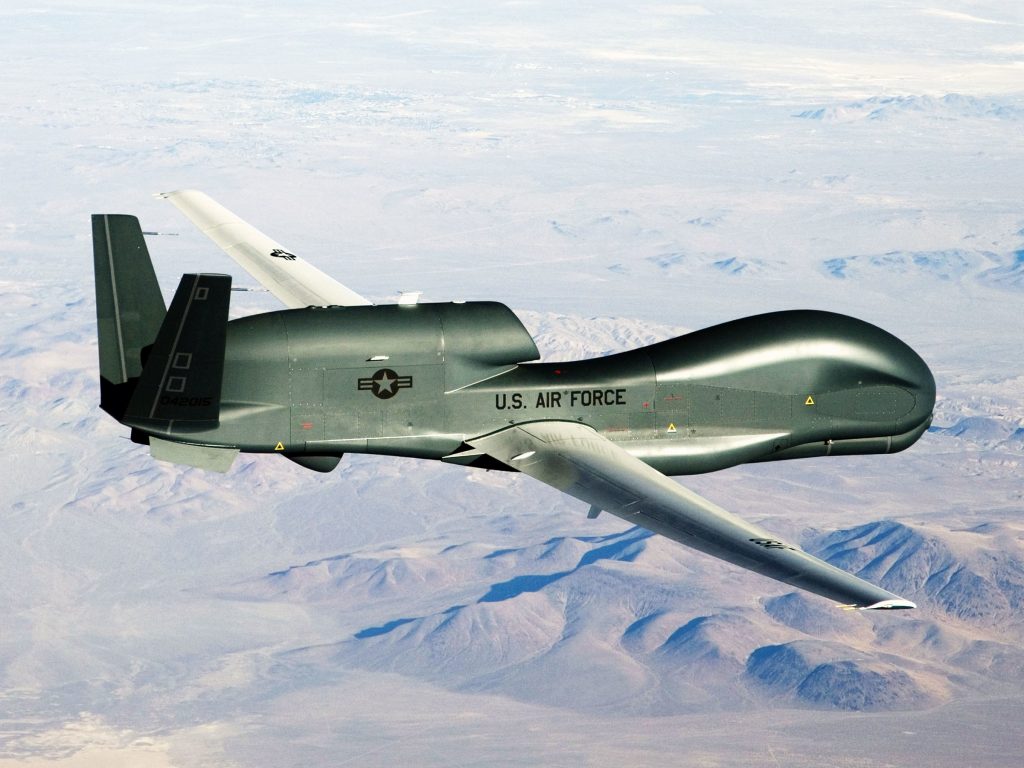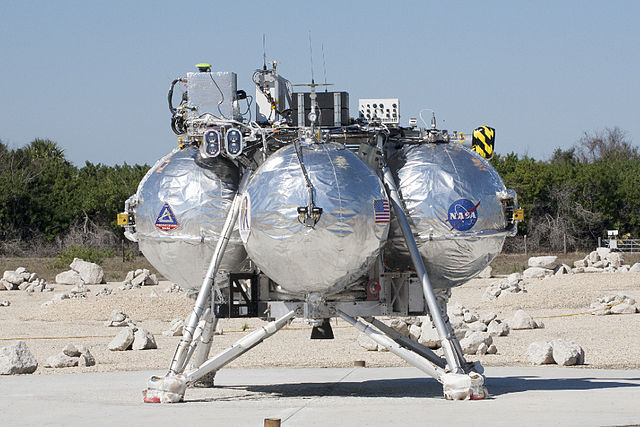Government & Defense
The Department of Defense (DoD), Department of Energy (DOE) and NASA all have interest in developing solid oxide fuel cell (SOFC) technology as this is a path to enable efficient power systems.
The DoD vision for SOFC technology is to develop lightweight logistic fuel compatible systems for an array of applications: silent watch auxiliary power units, power generation for battery charging, range extenders for electric vehicles, power for unmanned aerial and underwater vehicles. By providing power at a higher efficiency this reduces the burden on the supply lines which ultimately can save soldiers lives.
The DOE sees this technology as a means to achieving cost-effective electricity generation from abundant domestic coal and natural gas resources, with minimal use of water and near-zero atmospheric emissions of carbon dioxide and pollutants. Read the DOE article.
Nexceris’ Fuel Cell Business Unit works closely our customers from these agencies to develop our stack technology to meet their specific goals.
Nexceris Fuel Cell Applications
Power for Unmanned Aerial and Ground Vehicles
The U.S. military has significantly increased the use of unmanned aerial systems (UAS) for a variety of functions, such as reconnaissance, surveillance and targeting/acquisition. It also has been using unmanned ground vehicles (UGV) for dismounted military operations providing transport for gear. Both platforms are being used for expanding the types of missions with a concomitant need for increased payloads, weight and power draws, which leads to reduced endurance. This drives the need for power-dense auxiliary power units (APU). To meet this need, Nexceris has been developing an Ultra-High Power Density (HPD) Stack for use in these applications. What separates our technology from the competition is our sulfur tolerant cell/stack formations that facilitate the use of logistic fuel such as JP-8 or JP-5.

Power for Unmanned Aerial and Ground Vehicles
The U.S. military has significantly increased the use of unmanned aerial systems (UAS) for a variety of functions, such as reconnaissance, surveillance and targeting/acquisition. It also has been using unmanned ground vehicles (UGV) for dismounted military operations providing transport for gear. Both platforms are being used for expanding the types of missions with a concomitant need for increased payloads, weight and power draws, which leads to reduced endurance. This drives the need for power-dense auxiliary power units (APU). To meet this need, Nexceris has been developing an Ultra-High Power Density (HPD) Stack for use in these applications. What separates our technology from the competition is our sulfur tolerant cell/stack formations that facilitate the use of logistic fuel such as JP-8 or JP-5.

Soldier Portable Power
As the U.S. military’s communications systems continue to advance enabling situational awareness, connectivity, mission command and actionable intelligence, so does the power consumption demand for these systems. This also directly increases the weight of batteries that need to be carried – a physical burden on our dismounted Soldiers. This drives the need for developing lightweight efficient power systems, which can help lighten the load of our Troops. Additionally, emissions are also important to ensure the health and safety of our Soldiers. To help meet these needs, Nexceris’ HPD Stack can be modified to provide a combination of low weight and efficient operation. Another enabling attribute is the fuel flexibility our stack can offer. We can tailor our design for use in logistic fuel systems or for systems using hydrogen (from Alane) or other sources such as butane, propane or methane.

Power Generation for Air Independent Vehicles
Air independent vehicles include submarines, unmanned underwater vehicles (UUV) and planetary landers. This unique application requires the vehicle/platform to carry both the oxidant (typically liquid oxygen as a substitute for air) and fuel supply on board. Because both reactants are carried as payload, high-efficiency operation is extremely important. Nexceris has been developing stacks capable of operating in pure oxygen at extremely high efficiencies. What separates us from the competition is our ability to tailor our HPD Stack for high-efficiency operation and our coatings that protect our metallic components from accelerated corrosion caused by the high-oxygen content environment.

Nexceris Updates

National Hydrogen and Fuel Cell Day
Everyone at Nexceris is extremely excited for October 8, 2022, because it happens to be National Hydrogen and Fuel Cell Day.

Visit Nexceris at the European Fuel Cell Forum July 5-8 Lucerne
Nexceris, through its fuelcellmaterials group, will be attending the European SOFC and SOE Forum (EFCF) in Lucerne, Switzerland, from July 5-8, 2022.

FCM Team Presenting at SOFC-XVII Symposium
Nexceris is excited to deliver Solid Oxide Stacks and RSOC technologies presentations at the 17th International Symposium on Solid Oxide Fuel Cells (SOFC-XVII), which will take place digitally from July 18-23, 2021.
